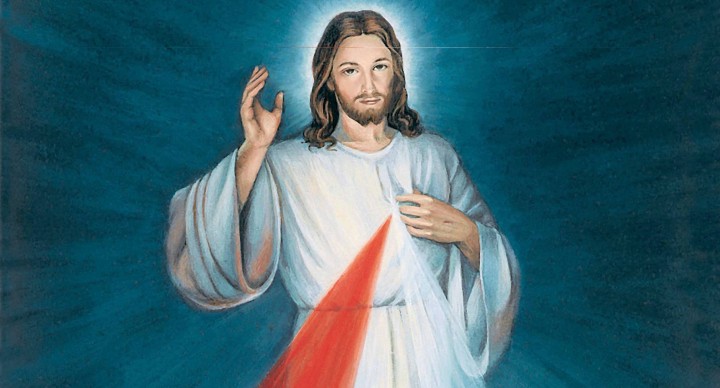The Divine Mercy Chaplet is a popular Catholic devotion and a powerful prayer tradition, rich in history and significance within the Catholic Church. Central to the theology of mercy, the Chaplet is an incredible symbol of the boundless forgiveness and love of God.

The Divine Mercy devotion originated with Saint Faustina Kowalska, a Polish nun, in the 1930s. Saint Faustina reported having visions and conversations with Jesus, during which He revealed the Chaplet of Divine Mercy. The revelations emphasized God's immense and unfathomable mercy towards all people, especially sinners. These private revelations were later compiled into a diary, known as "The Diary of Saint Maria Faustina Kowalska: Divine Mercy in My Soul."
Divine Mercy is more than just a prayer or a series of words. It is a central theme in Christian theology, which encapsulates God's unfathomable love and forgiveness for humanity. The Chaplet is a potent reminder of this theological perspective and is believed to grant spiritual and temporal favors to those who recite it with faith and devotion.
The Chaplet is usually prayed on rosary beads and is significantly shorter than the traditional Rosary prayer. It begins with the recitation of an "Our Father," "Hail Mary," and the "Apostles' Creed." The body of the Chaplet is made up of two main prayers, repeated throughout the five decades of the rosary.
On the larger bead at the start of each decade, one recites:
Eternal Father, I offer you the Body and Blood, Soul and Divinity of Your Dearly Beloved Son, Our Lord, Jesus Christ, in atonement for our sins and those of the whole world.
On the ten smaller beads following, one says:
For the sake of His sorrowful Passion, have mercy on us and on the whole world.
In practice, the Divine Mercy Chaplet can be prayed at any time. However, Saint Faustina’s diary mentions Jesus’ desire for the Chaplet to be prayed particularly at the Hour of Great Mercy – 3 pm, symbolizing the hour of Jesus' death on the Cross. It can be recited individually or in groups, at home, in church, or in Divine Mercy prayer gatherings.
The Chaplet of Divine Mercy serves as a reminder of the necessity of mercy in a world often marred by sin and suffering. It provides hope and solace to many, fostering an environment of forgiveness and love. It's not just a series of words but a pathway towards spiritual growth and deeper communion with God.
The Divine Mercy Chaplet is an integral part of the faith for millions of Catholics around the world. Reciting it encourages reflection on the Passion of Christ and God's limitless mercy. The Chaplet serves as a call to live out the message of Divine Mercy in our lives – showing forgiveness, kindness, and love to others, just as we seek these gifts from God.
So, the Divine Mercy Chaplet is much more than a traditional devotion. It represents a profound theological understanding of God's mercy and provides an accessible means for believers to engage